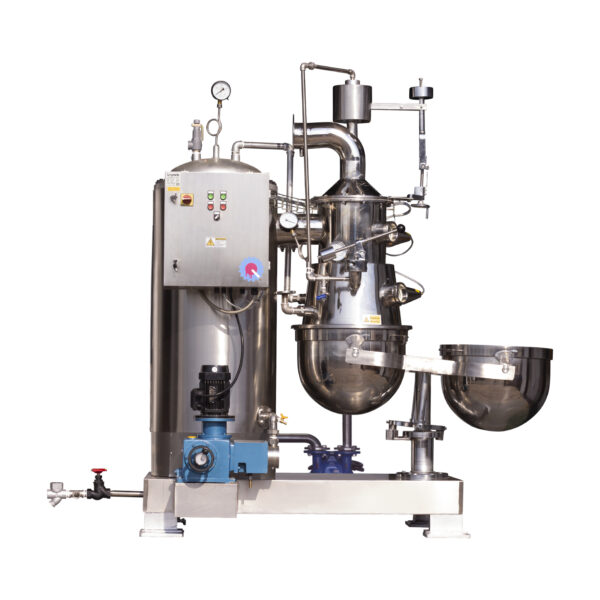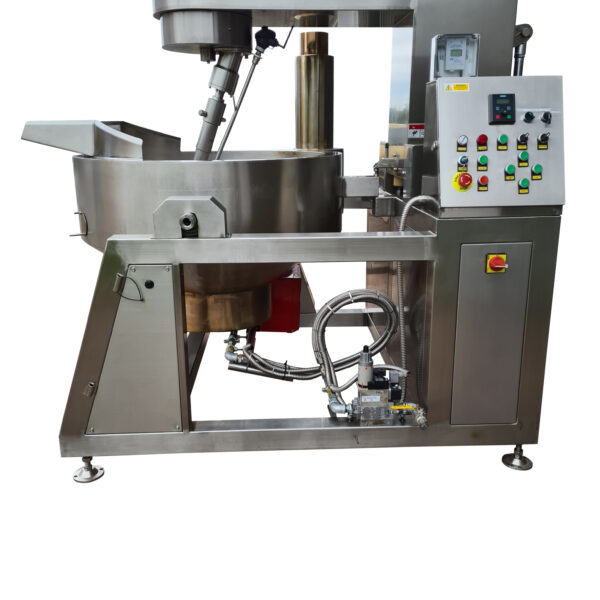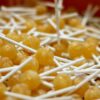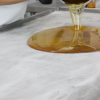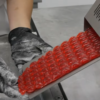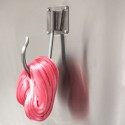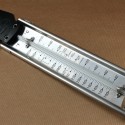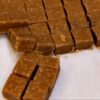
There are three main methods to cooking high boiled sweets: open pan, vacuum cookers, and continuous cookers. Each method requires a specific sugar to glucose syrup ratio for optimal results.
When we mention ratios like 70/30, it means mixing 70% standard granulated sugar with 30% glucose syrup by weight. You’ll also need 20 litres of water for every 100kg of total sugars.
The recommended sugar to glucose syrup ratios for different methods are:
- Open pan: 70/30 to 66.5/33.5
- Vacuum Cookers: 65/35 to 50/50
- Rotary Blade Thin Film Cooker: 60/40 to 45/55
The increased glucose content in some methods has two main reasons. Firstly, more advanced methods agitate the syrup more. Secondly, these methods expose the syrup to high temperatures for a shorter duration, reducing the risk of sugar breakdown.
The following table provides details on how different vacuum levels affect the boiling point and moisture content.

With open pan cooking, you can boil the syrup up to roughly 156°C (315°F) before it starts to discolour.
For steam pans, this limit is about 149°C (300°F).
Vacuum cooking allows boiling at lower temperatures. If you boil a standard sugar syrup under vacuum to the same temperature, it appears to boil at a higher temperature but retains the same sugar content.
Open pan methods yield products with 95-96% solid content. In contrast, vacuum methods can achieve up to 98-99% solid content. The drier the sweet (higher solid content), the longer it lasts on the shelf.
When cooking hard candy, it’s crucial to stop stirring the syrup once the mix boils to avoid sugar crystallisation.
In continuous cookers, consistent results require a standard syrup mix, a set pump rhythm, and steady steam pressure.
The pre-cooking temperature, typically between 110-115°C (230-239°F), should remain consistent. Even a small temperature change can affect the moisture content and cooking time. This consistency ensures the syrup has the right thickness, which is essential for the pump mechanism in continuous cookers.
Featured Machinery
